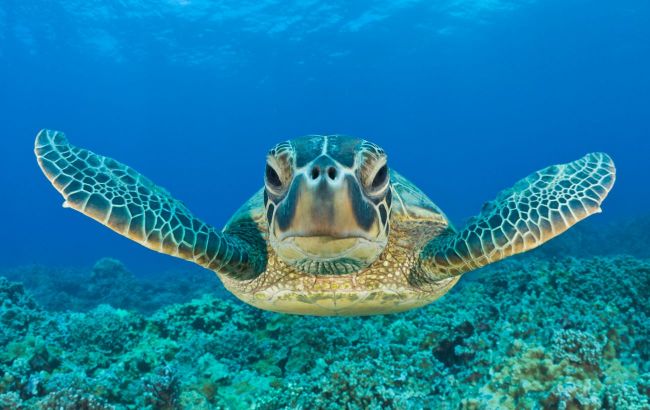Fifth ocean on map: Here’s what scientists now recognize
 Where the fifth ocean is located and what we know about it (photo: Getty Images)
Where the fifth ocean is located and what we know about it (photo: Getty Images)
Most of us learned in school that there are four oceans on the planet — the Pacific, Atlantic, Indian, and Arctic. But in 2021, scientists officially added another one to the world map — the Southern Ocean.
Where it is located
The Southern Ocean surrounds Antarctica. Its boundaries are not defined by continents, but by a unique current — the Antarctic Circumpolar Current (ACC), which flows around the continent and separates the cold southern waters from the warmer northern ones.
The ACC flows from west to east around Antarctica and formed 34 million years ago. Its center lies at the 60th parallel south (the northern limit of the Southern Ocean). The current creates an invisible ring around Antarctica where the waters are colder and less salty than those to the north.
For a long time, geographers debated whether this oceanic ring was simply an extension of the Pacific, Atlantic, and Indian Oceans, or a separate ocean in its own right.
What makes it unique
The waters of the Southern Ocean have a major influence on the global climate, transporting heat across the planet.
It is home to unique wildlife — penguins, seals, and whales. Its glaciers play a critical role in regulating global sea levels.
That is why oceanographers insisted that these waters be recognized separately, rather than considered extensions of three neighboring oceans.
Why was it recognized only recently
Although scientists had long spoken about the uniqueness of these waters, they were officially recognized as a separate ocean only in 2021. This helped draw global attention to the importance of preserving Antarctica and its ecosystems.
Interesting facts about the Southern Ocean
The world’s youngest ocean
Officially recognized only in 2021, the Southern Ocean is considered the youngest of Earth’s oceans. Yet its waters have existed for millions of years, shaping the planet’s climate.
The strongest winds and coldest waters
The Southern Ocean experiences the most powerful winds on Earth. Its waters are so cold that even in summer, temperatures often stay close to freezing.
Earth’s main cooler
The Antarctic Circumpolar Current carries massive volumes of water around the continent, cooling the oceans and stabilizing the planet’s climate.
Home to unique animals
Emperor penguins, blue whales, leopard seals, and giant squids live here — many species found nowhere else on Earth.
Key to global sea levels
Antarctica’s glaciers hold 90% of the planet’s fresh water. If they melt faster, the Southern Ocean will be at the center of a dramatic global sea-level rise.
The least explored ocean
Due to its extreme conditions, the Southern Ocean remains one of the most mysterious places on Earth, with many blank spots still left for science to uncover.

